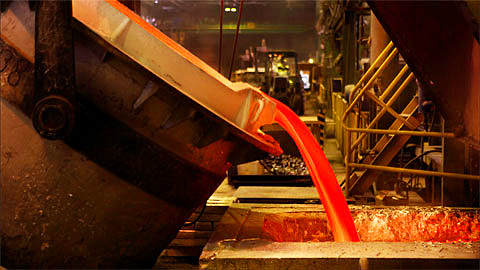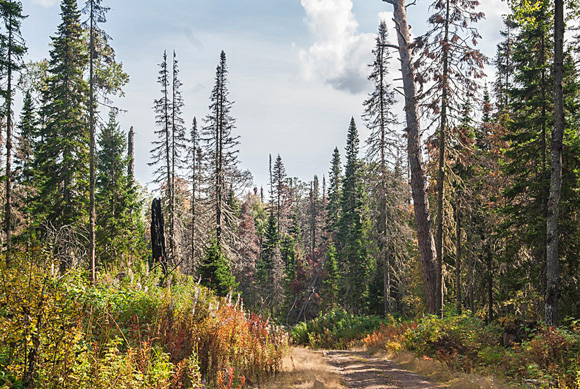Science Digest
Перевод: Lazutkina Elena, associate professor, Institute of Philology and Language Communication SibFU
In Scientists create nanopowder for aluminum alloy synthesis
A SibFU research team collaborated with scientists of Krasnoyarsk Scientific Centre of SB RAS to develop a method of aluminum alloy synthesis, employing which will allow to yield new aluminum-based manufactured articles with advanced properties.
The project was backed by Regional Foundation of Science and Russian Foundation of Fundamental Studies as part of targeted interdisciplinary scientific research competition in 2016. The results were published in “Physics of the Solid State”, “Vacuum” and “Journal of Superconductivity and Novel Magnetism”. It has emerged that nanopowders are produced with the help of the developed technology and are used as modifying agents when producing aluminum alloy. Application of this technique enables to significantly enhance working properties of castings and to cut down on power consumption in final processing.

Nowadays scientists are pursuing research using unique scientific installation Plasma-Chemical Synthesis and Nanostructure Analysis System, which is on the list of the contemporary research infrastructure of Russia. The key client of the project, for the record, is RUSAL, one of the largest producers of primary aluminum and aluminum-based alloys. Technology adoption is planned on the base of Aluminum Valley, an industrial and trade estate of aluminum industry sector in Krasnoyarsk Krai.
SibFU press service, Krasnoyarsk Regional Foundation of Science press service, March 2017Scientists try to reconstruct scull (cranial) bones at a record pace

Biotechnologists of Siberian Federal University have constructed and researched hybrid tissue engineered systems of biodegradable polymers Bioplastotan coupled with osteoblast cells. Their findings were published in Biomedical Materials Research: Part A in 2017.
Reconstruction of cranial bones is a pressing issue, according to the scientists. Owing to the specifics of embryonic development and histophysiologic aspects, cranial bones have the worst recovery properties. Analysis of long-time clinical observation testifies that posttraumatic defect repair of flat cranial bones takes months or even years. In some cases, instead of bone tissue, the damaged fragment gets filled with connective tissue which grows quicker and scars. Inadequate strength of connective tissue as compared to bone tissue causes functional inability, which leads to substantial risks.
The findings of degradable polyhydroxyalkanoate polymers usage are unparalleled and are vastly superior to the results of polylactides and other polymers usage.
SibFU press service, March 2017Krasnoyarsk scientists researched the causes of dark coniferous forest demise
Dark coniferous (cedar and fir) are wilting in the southern parts of their geographic range and are advancing into the mountains and to the North. The main reason is believed to be increasingly dry climate.
Cedar, fir and spruce forest condition have been gradually worsening in Siberia and the Baikal region in recent decades. A research paper dealing with genesis of this challenging environmental issue was published in Forest Ecology and Management in January 2017.
There has never been such mass propagation of coniferous parasites in Siberian taiga alongside with the fact that this problem is not confined to Siberia, it spreads to other regions where climate is getting drier, according to Krasnoyarsk biologists. Rise in temperature and increasing droughts negatively affect cedar and fir in the southern part of their habitat, however in central and northern taiga and highlands the current climatic changes are generally advantageous for these species. Larch is also one of the beneficiaries and alongside with pine will probably colonize the areas unfit for dark coniferous.

Affected forest
Forest reproduction strategy is of utmost importance and it should take into consideration migration of coniferous areals caused by climate change. Authors consider cedar and fir regeneration in unfavorable conditions pointless and suggest to substitute these species with drought-resistant variety of Siberian trees.
The research was carried out in Institute of Forest of the Siberian Division of the Russian Academy of Sciences and Siberian Federal University in collaboration with representatives of Russian Forest Protection Centre and NASA (USA).
SibFU press service, February 2017